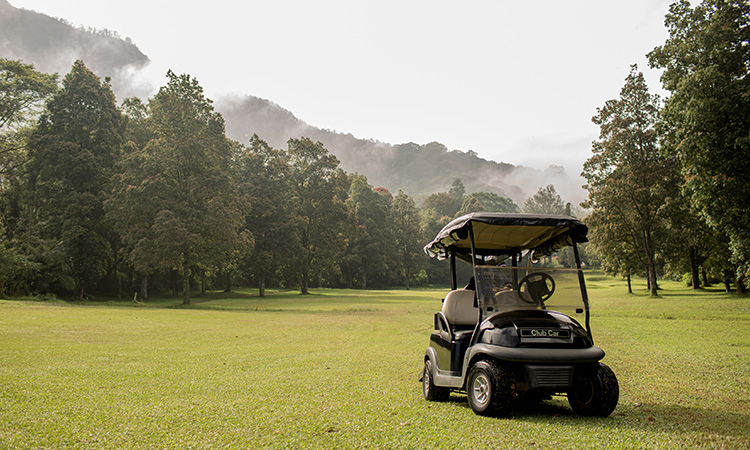
There isn’t a golf major that requires more strength of mind than The Open Championship. While it is true that the US Open layout presents a sterner examination of a player’s technical abilities, the unforgiving coastal conditions at The Open are renowned for planting a seed of doubt in a golfer’s head before every shot. So, how does a golfer tame their thoughts when playing the elements at The Open?
A runaway mind will lead to a runaway score
Firstly, it’s interesting to note that the latest betting odds on golf price Rory Mcllory as the favourite to win the 2023 Open at Royal Liverpool at 15/2 despite the Northern Irishman having gone nine years without winning a major. Conversely, recent major winners Jon Rahm and Brooks Koepka find themselves behind Mcllroy in the latest betting odds. Essentially, what this tells us is that the experts feel that despite a major drought, Mcllroy is better placed to win The Open having already done it as opposed to players who haven’t but have won majors in 2023.
Jon Rahm has won the Masters ⛳️
— Bleacher Report (@BleacherReport) April 9, 2023
His second major championship win 👏 pic.twitter.com/x0nmHUWjlN
In Mcllroy’s case, he has won The Open on the same course it will be held in 2023 after going all the way in 2014 at Royal Liverpool.
With this in mind, you can get a better idea of the premium put on Open know-how. Of course, new champions will emerge in the future but they will have to conquer the ever-changing conditions before they write their names into history. The question is: how do they do this? South African golfer Louis Oosthuizen adopted a unique approach during the 2010 Open that propelled him to eternal greatness.
Red alert
The week before Louis Oosthuizen won The Open in 2010 at St Andrews, he was all too aware that his pre-shot routine would, in all likelihood, cost him the opportunity to win the tournament. In the South African’s eyes, he didn’t have a clear train of thought when lining up to hit a shot, and if he arrived at The Open battling a persistent sense of indecision, his chances of winning would be over before they ever began.
The reason for Oosthuizen’s outlook was simple: The Open is famous for its wild seaside links weather conditions where the wind plays havoc with a golfer’s decision-making. In the blink of an eye, a strong gust can come up and leave a player in two minds about what club to hit. In essence, total clarity is needed during the times when The Open bares its teeth. Upon hearing Oosthuizen’s pre-tournament concerns, a sports psychologist in Manchester called Karl Morris had a simple mind-training solution for the South African and it involved placing a red dot on his glove.
By looking down at this red dot, it served as a trigger for Oosthuizen to focus purely on the task at hand and commit wholeheartedly to his plan of action. Admittedly, it was a small adjustment but it was also a powerful one as Oosthuizen would finish seven shots ahead of second-place Lee Westwood to lift the Claret Jug.
Louis Oosthuizen's 30 Major starts:
— DP World Tour (@DPWorldTour) June 20, 2021
– 1 Major (2010 Open)
– 5 runner-up finishes
– 1 solo third
– 2 other Top 10s#USOpen pic.twitter.com/2oy4VGb85t
This technique won’t work for every golfer but there are still lessons to be observed around having complete control of the mind during pressurised situations. Without some sort of reset between shots, no player can expect to win golf’s oldest major which is a challenge that has stood the test of time.

Leave a Reply